In today’s fast-paced digital economy, companies must move quickly to stay ahead of competitors, satisfy customers, and adapt to changing demands. Agile methodologies—once reserved for development teams—have become a guiding philosophy for entire organizations. But one persistent challenge remains: how do you balance agility with documentation?
Traditional documentation often feels rigid, slow, and outdated by the time it’s complete. Yet, skipping documentation entirely creates its own problems—confusion, inefficiency, and risk. The solution? Agile documentation: a dynamic, flexible approach that evolves alongside your product and business needs.
Why Documentation Still Matters in an Agile World
Some teams mistakenly view documentation as the opposite of agility. In reality, the two can coexist when handled correctly. Documentation provides:
- Clarity – Ensures everyone from developers to stakeholders understands scope, requirements, and processes.
- Continuity – Protects against knowledge loss when team members transition out.
- Compliance – Supports industries with regulatory requirements.
- Scalability – Gives future teams a foundation to build upon.
Without it, organizations risk reinventing the wheel, duplicating mistakes, and slowing down growth.
📌 Scrum Alliance notes that “Agile documentation is not about creating less documentation, but about creating documentation that truly adds value.” (Source)
The Agile Approach to Documentation
Agile documentation isn’t about producing lengthy manuals. Instead, it focuses on just enough documentation that evolves as the product or service does. Key practices include:
- Living Documents – Replace static Word files with wikis, collaborative platforms, or cloud-based systems that update in real time.
- Contextual Documentation – Embed notes, explanations, and links directly into tools (like Jira, Confluence, or GitHub) where the work happens.
- Iterative Updates – Update documentation continuously with each sprint, release, or iteration, rather than waiting for “the end.”
- Lightweight Formats – Use visuals, diagrams, and checklists over dense paragraphs for faster comprehension.
- Team Ownership – Encourage shared responsibility across the team instead of relying on a single “documentation person.”
📌 Atlassian highlights that “Documentation should serve the team, not the other way around. Keeping it lean makes it usable.” (Source)
Striking the Balance: Lean vs. Structured
Finding the sweet spot between agility and structure is critical. Too much documentation slows momentum. Too little leaves teams vulnerable. The balance often depends on:
- Company Stage – Startups benefit from minimal but critical notes; enterprises may need stricter documentation for compliance.
- Industry Regulations – Fintech, healthcare, and manufacturing require more oversight than consumer tech apps.
- Team Distribution – Remote and global teams rely on documentation more heavily than co-located teams.
The goal isn’t to document everything, but to document what matters most for decision-making, onboarding, and risk management.
How MP Nerds Helps Businesses with Agile Documentation
At MP Nerds, we recognize that documentation is more than paperwork—it’s a strategic enabler. Our expertise lies in creating documentation frameworks that adapt with your product lifecycle. Whether you’re building a prototype, launching an MVP, or scaling to global markets, we help you:
- Build Living Documentation Systems – Collaborative spaces where updates are fast, clear, and version-controlled.
- Integrate with Agile Tools – Seamlessly embedding documentation into your workflows with Jira, Confluence, Notion, or custom platforms.
- Create Visual & Dynamic Assets – Roadmaps, diagrams, and knowledge bases that your teams actually use.
- Ensure Compliance While Staying Agile – Tailoring documentation that satisfies regulatory requirements without slowing innovation.
We don’t just document—we design adaptive documentation ecosystems that grow with your product and your company.
The Future of Documentation
As businesses continue to accelerate, documentation will become even more important—just not in the old-fashioned sense. AI-assisted tools, smart knowledge bases, and integrated oversight platforms will make documentation more automated, interactive, and insightful.
Companies that master this balance—lean yet structured, agile yet comprehensive—will not only move faster but also scale smarter.
✅ Key Takeaway: Agile documentation isn’t about writing more or less—it’s about creating documentation that adds value, evolves quickly, and empowers teams to adapt.
And that’s exactly where MP Nerds steps in: helping businesses build the right level of documentation, ensuring flexibility without sacrificing structure.
👉 Want to see how agile documentation can transform your business operations? Let’s talk. MP Nerds offers free consultations to explore how your documentation can evolve with your product lifecycle.






